Jo Hain lives on a farm in Cerro Gordo county and likes to explore and photograph nature.
I was in my garden a couple years ago and I noticed some plants coming up. Looked like catnip to me, so I left it alone. It got taller and no longer looked like catnip.
Then I thought it was Stinging Nettle, so I didn’t want to touch it. I used my plant app and it said it was American Dragonhead (Dracocephalum parviflorum).
Plant apps are useful but not always correct. So I did look it up and, yes, it was American dragonhead. I posted it to the Iowa wildflower enthusiasts Facebook group. Someone confirmed it there as well.
American dragonhead is a member of the Mint family. It can be just an annual, but here where I live, it tends to be a short-lived perennial. The last two years, it has come up near my front door. (Minnesota Wildflowers describes the plant as “something of a weedy species, popping up in disturbed soils.”)

According to the Biota of North America Program (BONAP), American dragonhead is a native plant but only recorded in a handful of Iowa counties. My county (Cerro Gordo) is not one of them. This year, I did take photos of it as it emerged from winter slumber.

American dragonhead leaves emerging in March
The height varies between 8″-30.” It blooms from May to August. Where I live, I’ve noticed that American dragonhead blooms mainly in June and is done by July.

My intention was to photograph it monthly, but my husband was weed whacking and I thought he got it. (He didn’t.)
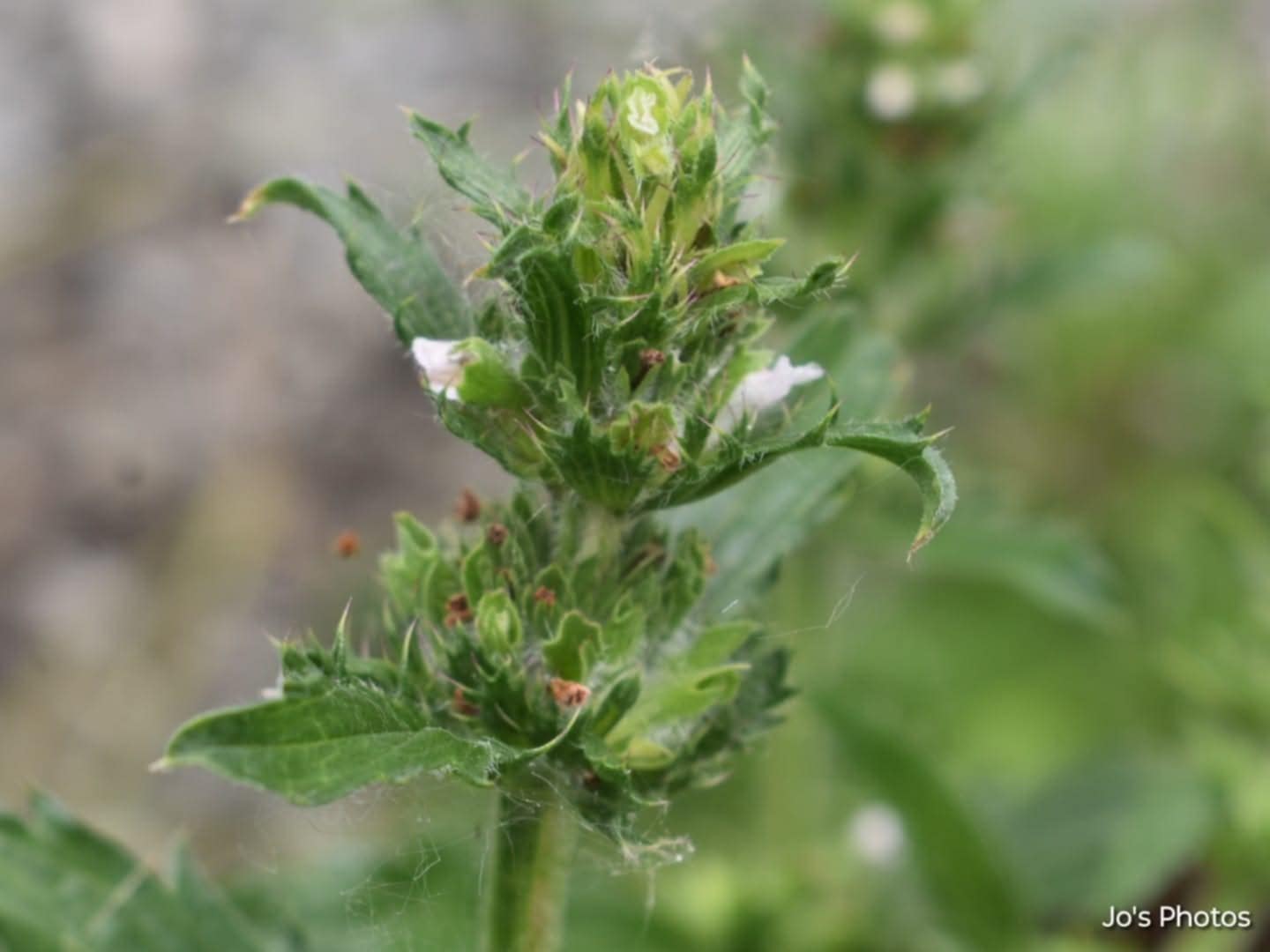
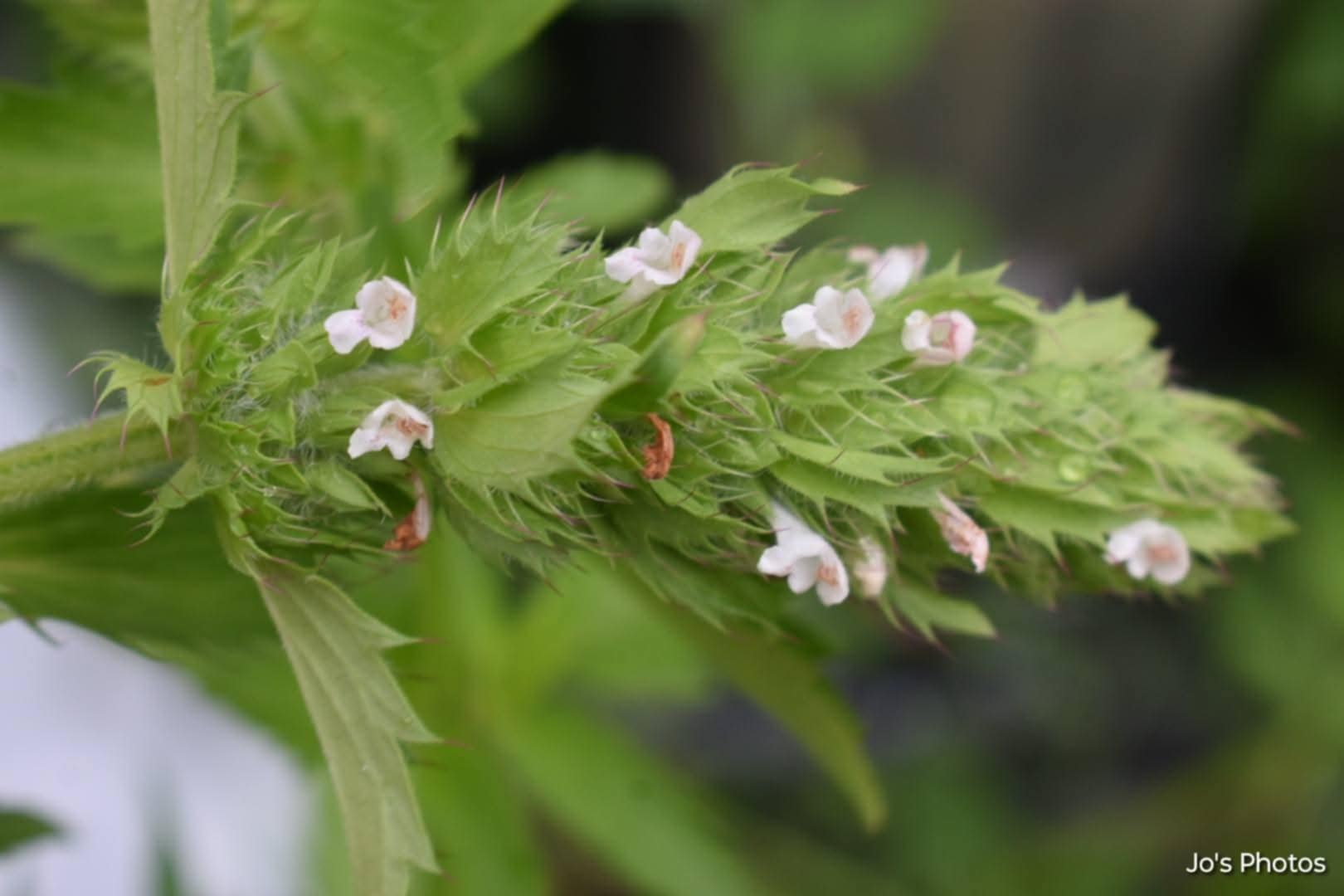
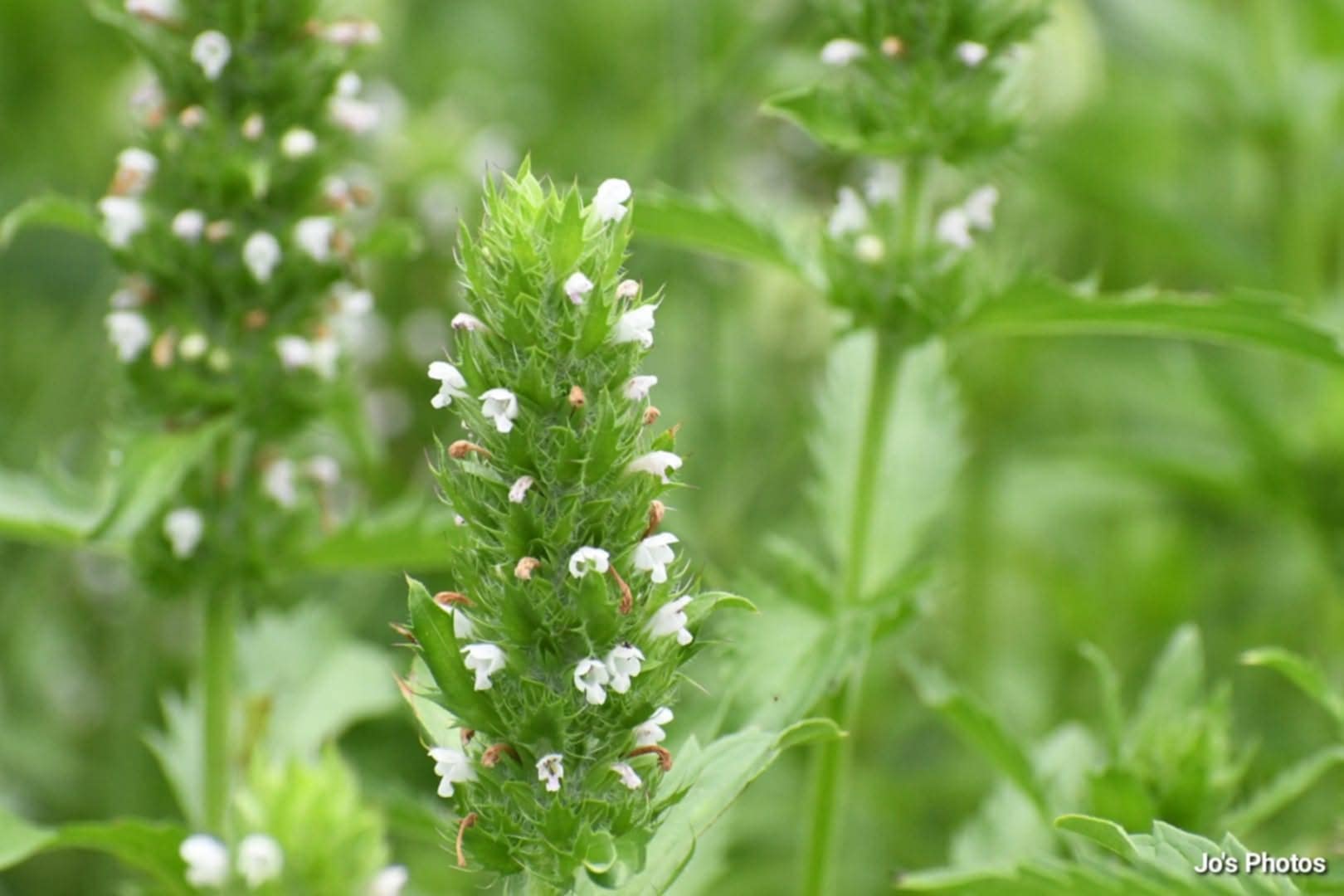
A closer look at the stems:

A closer look at the toothed leaves:
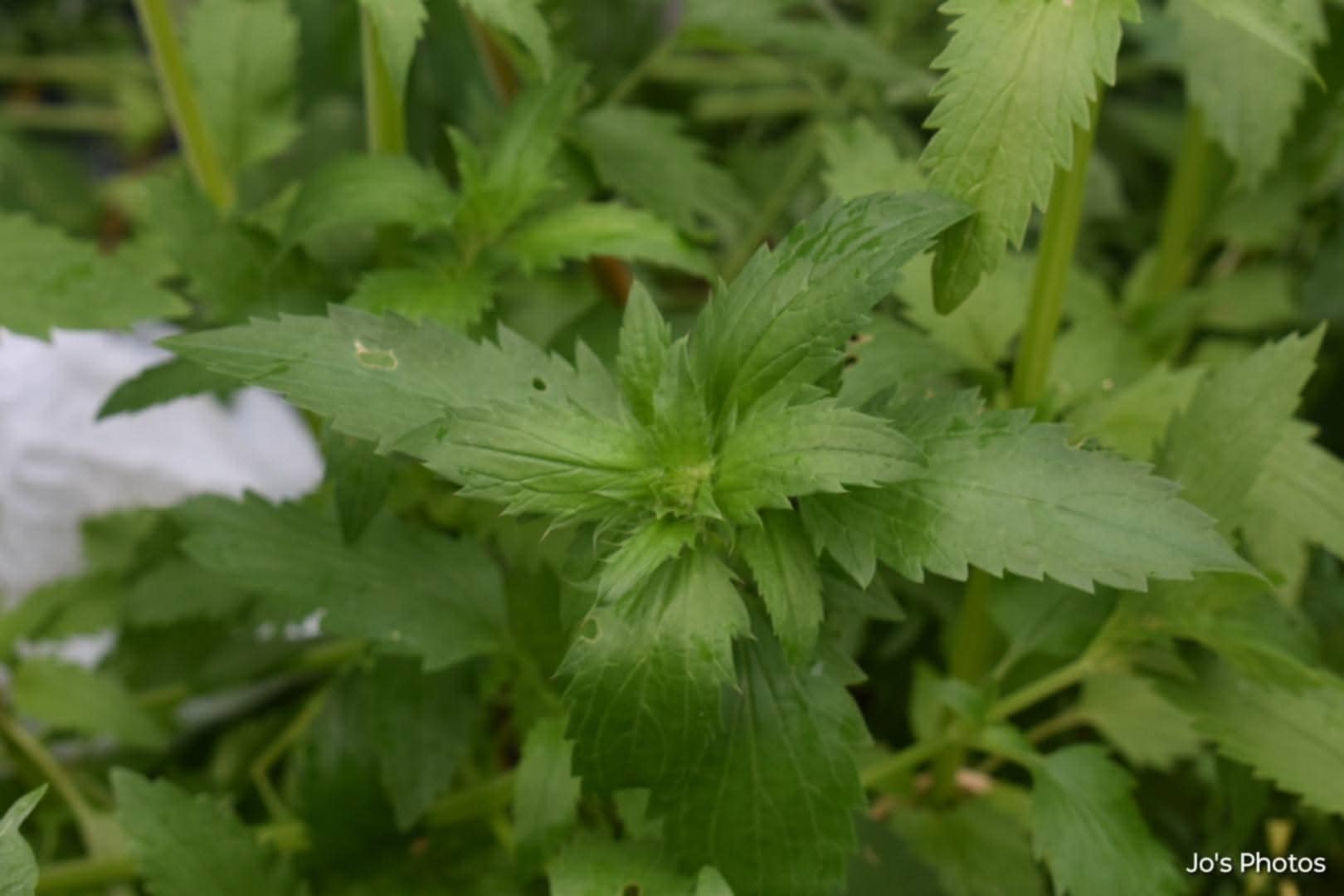
A closer look at the flowers:
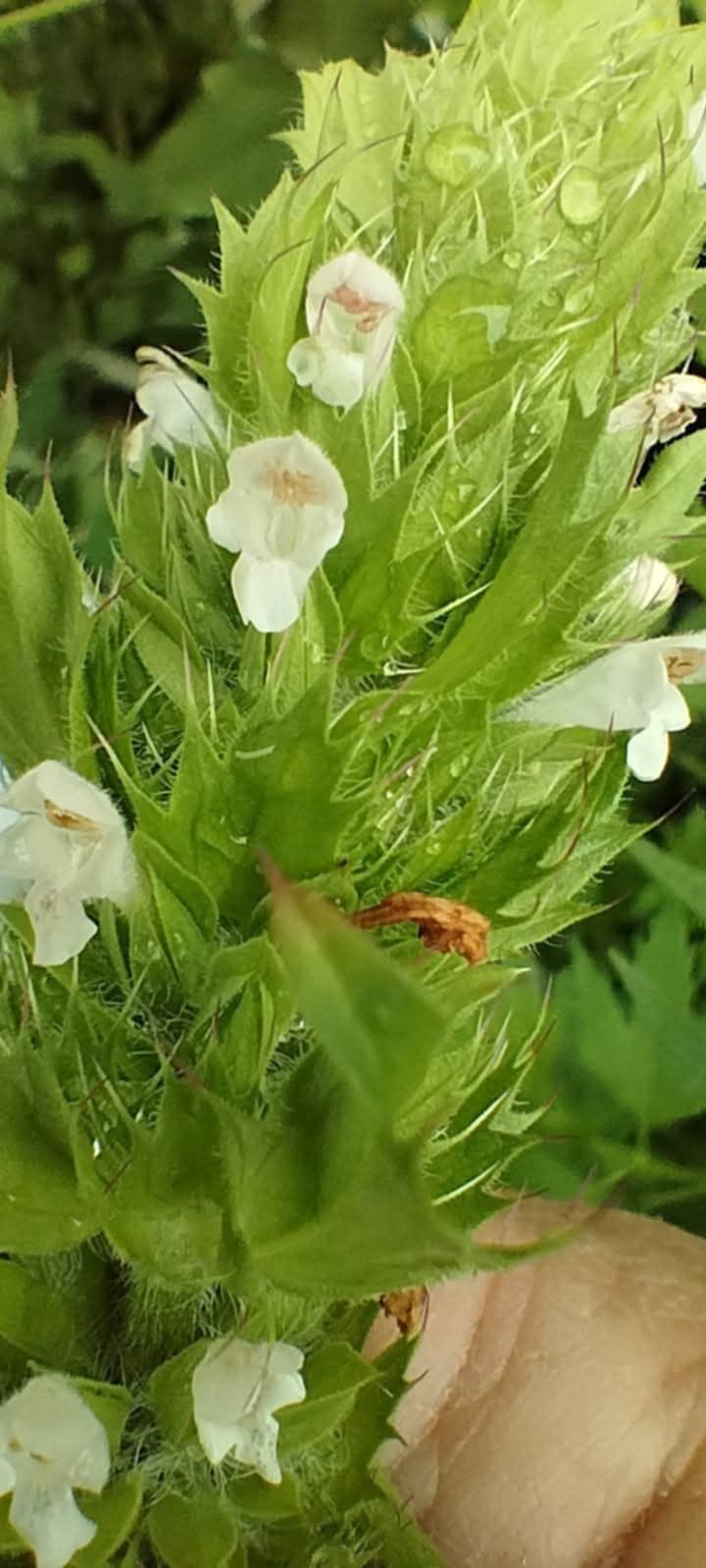
Last year, I took some photos of the American dragonhead plants after they finished blooming.


I do look forward to watching it come up!
According to Illinois Wildflowers, at least a dozen bee species visit American dragonhead flowers. I captured one of them in this photo:
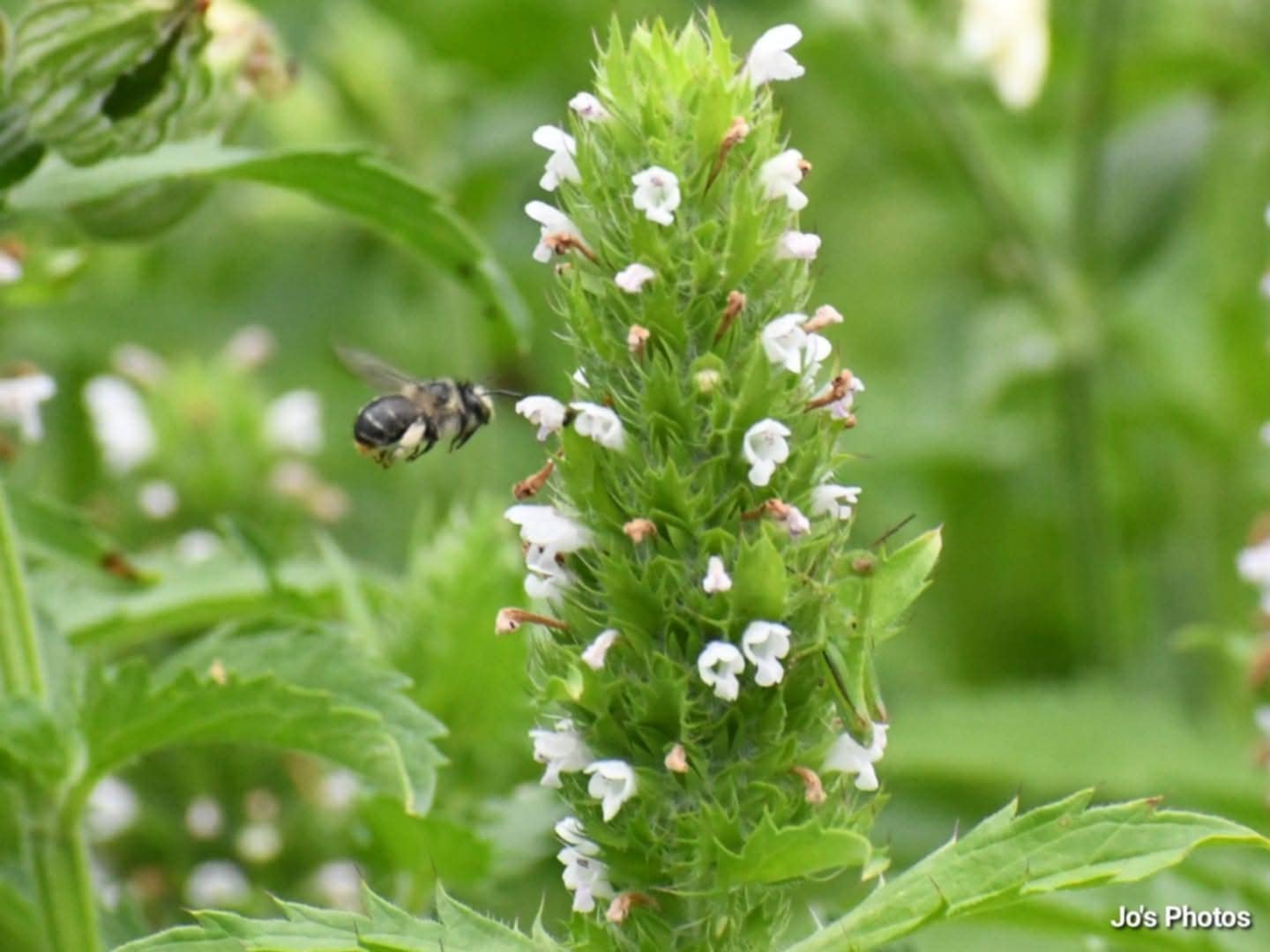


1 Comment
"Disturbance" natives sometimes don't get enough respect...
…but they matter a lot ecologically, even the more common species. Ragweed is one of nature’s important ways of protecting and revegetating disturbed soil, as are some other disturbance natives that gradually give way to more permanent plants. There are many disturbance natives I don’t know, so I appreciate the opportunity to learn about this one. Eilers/Roosa list it as “rare,” so it’s a cool find. Maybe I’ll see it in the wild someday. Thank you, Jo Hain!
PrairieFan Thu 7 Aug 5:16 PM